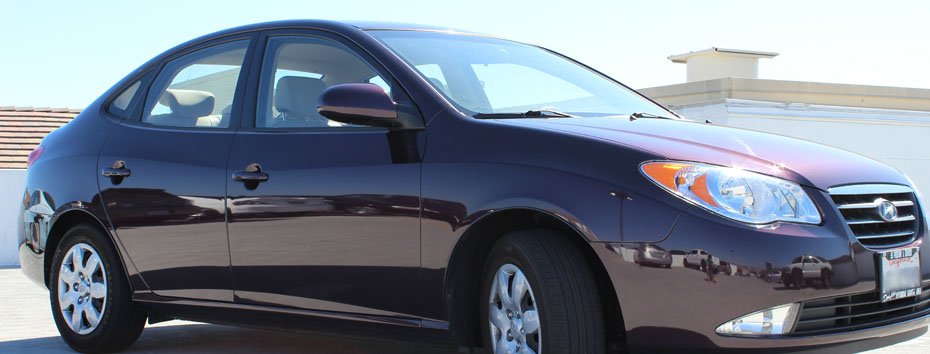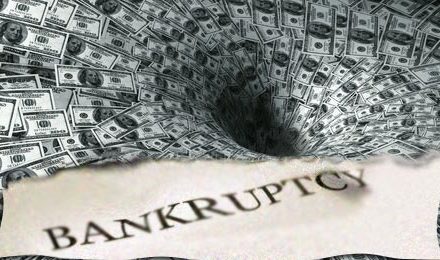It’s always a dilemma… You’ve scrimped and saved, and your old car finally bit the big one. You’re ready to replace it. But you aren’t sure which car to choose. On top of that, you don’t know if you should buy or lease. One of the cars looks cheaper on the surface, but your gut isn’t sure which one actually makes more sense. The question you probably need to ask yourself is: have you factored in the many costs of ownership?
For many people, the decision about which car to buy is based purely on the price tag. But owning a car involves other costs as well, such as insurance, gas, and maintenance. These are the ongoing costs of ownership. It makes sense that these things can add up, so wouldn’t it make sense to consider them before making a purchase?
Looking Beyond the Price Tag
Each year, the American Automobile Association (AAA) compiles average driving and ownership costs. This is something that is definitely worth considering when you are looking to buy a new car. For example, did you know that the average cost per mile for a medium sedan is about 30% higher than a small sedan? And a large sedan is roughly 30% higher than the medium sedan? For example, that means that if you drive 10,000 miles per year, buying a small sedan (such as a Civic or Sentra) instead of a large sedan (such as a Taurus or Maxima) could save you over $4,000 per year. Your driving habits are the same, but insurance, fuel, depreciation, and maintenance costs all change depending on the car.
There are some helpful tools online for when you are evaluating the costs of two different cars. You can look at average costs by car class, using statistics from AAA or another agency. You can also use online calculators to compare one car against another. The US Dept. of Energy has a helpful vehicle cost calculator. In addition to telling you how much fuel/electricity each car uses, it tells you the annual operating cost and cost per mile.
Edmunds also has a basic calculator you can use — it allows you to select the make and model of your car, although you can’t change most of the values used in their calculations. But it can still be a helpful tool for comparisons.
Redefining Affordability
Before going to buy a car, you should always have a price in mind that you want to pay. That way you can narrow your search, and make sure you pick something within your range. Using the calculators above, you can come up with a more accurate range of what you can afford (with costs of ownership included).
Let’s say you crunch the numbers, and you’ve come up with $20,000 as the amount that you can manage. This includes $5,000 down that you’ve saved, and you’ve calculated your monthly payments to be able to pay off the remaining $15,000 over the next 5 years. So $20,000 is the total amount you can afford to pay for a new car over 5 years. Now, when you go to the dealership and see an $18,000 sticker price on the new sedan you want, it’s tempting to say that it fits within your range. But since our number is a 5 year number, we have to factor in 5 years of ownership costs. So take that sticker price and add taxes & dealership fees (+ $2,000), depreciation (+ $9,500), insurance (+ $8,800), maintenance (+ $4,000), interest (+ $1,700), and gas (+ $10,000). That means your five year cost for the sedan is not $18,000. It would be $54,000 ($18,000 sticker price + $36,000 expenses). So after all is said and done, it will take a over $10,000 per year to own an $18,000 car.
That’s a HUGE difference! Is it any wonder it feels like our cars are costing us so much?
With this in mind, before we label a car as “affordable”, we should include all of the associated costs of ownership. This will help us avoid unnecessary (and unwanted) financial strain.
Ownership Options
In our example above, your annual costs of ownership will go down little bit after year 5. Your payments will be over, and you now completely own the car. But your costs will still be at least $7,000 per year for the remaining life of the vehicle. Wouldn’t it be nice if you could skip the first 5 years of expensive payments? Well, if you lease your car, that’s effectively what you’re doing.
If you don’t care about ever fully owning your car, then leasing might be a good option for you. You’ll have much lower up-front costs, as there is little or no down payment required. There are also no upfront sales tax payments. Your monthly payments will probably be lower. And you get to swap out your car for a new one every few years!
Leasing basically means you are renting the car from the dealership instead of buying it. This is a great way to lighten the financial load that a new car can bring.
How to Prepare
The next time you are planning to get a car, here’s what you can do:
- Use online calculators to determine what your annual costs might look like.
- Decide if you want to lease or buy.
- Go to the dealerships knowing what you can and can’t afford!
By doing a little research up front, you can save yourself thousands of dollars. Never go to the dealership without knowing what you can afford — otherwise you may end up in shock when you realize what you just agreed to! It’s much better to be prepared so that you can maintain control of your financial situation. Always remember to include the costs of ownership!






Recent Comments